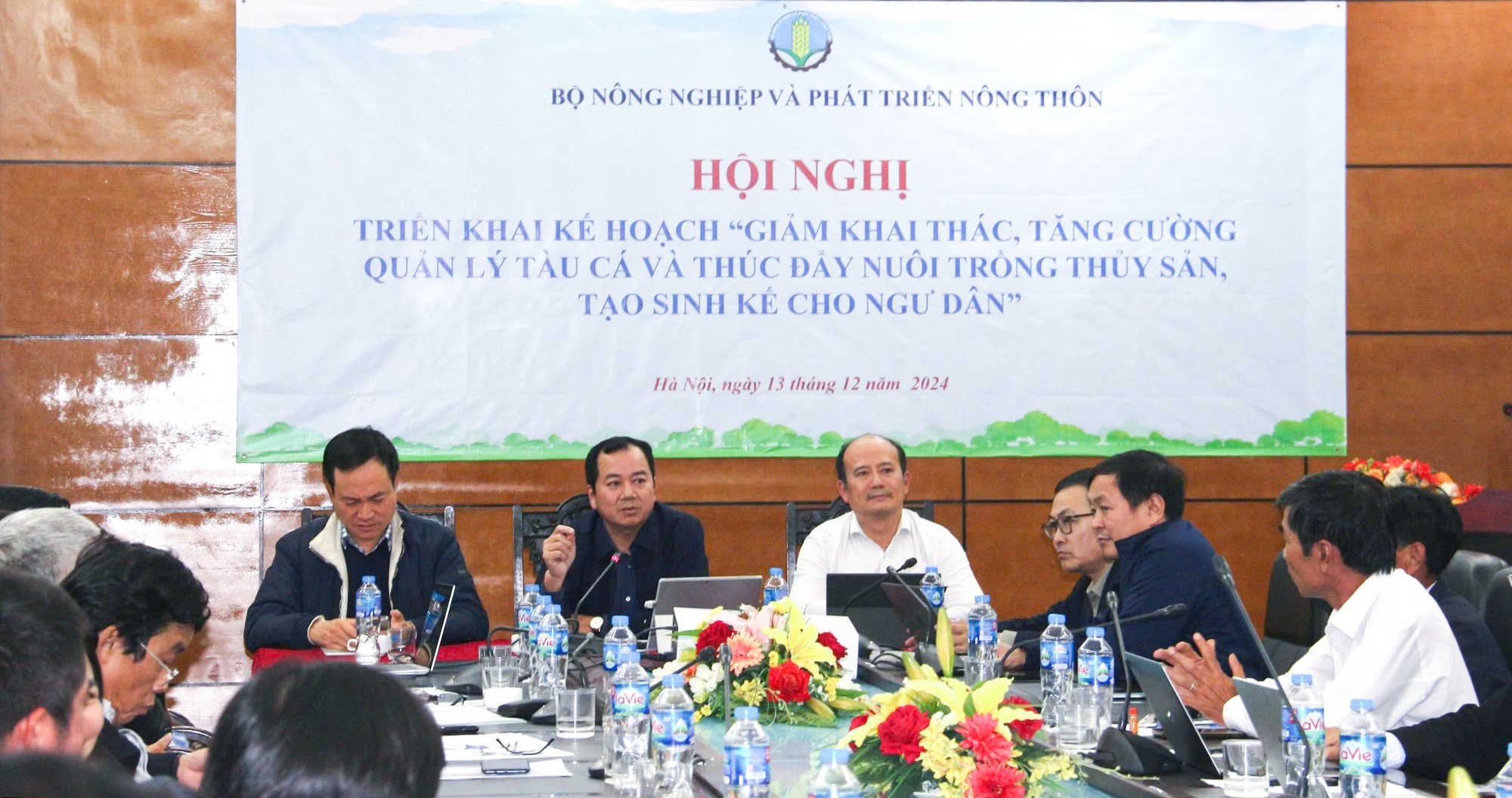
Director of the Department of Fisheries Tran Dinh Luan said that the problem of changing jobs for fishermen is still difficult - Photo: C.TUỆ
This is the goal set by the Department of Fisheries (Ministry of Agriculture and Rural Development) at the conference to implement the plan to reduce exploitation, strengthen management of fishing vessels and promote aquaculture, creating livelihoods for fishermen, organized by the department on December 13.
The rate of fishing vessels converting to other occupations is still low.
Mr. Vu Duyen Hai, Deputy Director of the Department of Fisheries, said that by September 2024, the country will have about 84,720 fishing vessels, a decrease of 2,100 compared to 2020.
According to Mr. Hai, reality shows that the policy of reducing exploitation (reducing fishing vessels) has not been seriously and effectively implemented in localities. The number of fishing vessels is still increasing in most localities. In some localities (12/28), the decrease is mainly due to self-scrapping, damaged and sunken fishing vessels.
The implementation of the project to convert occupations and reduce fishing vessels in localities has not received due attention, and the number of fishing vessels converted to occupations is still very low.
“Some career conversion models have been implemented but have not been very effective, some models have even failed after a pilot period.
The main reason is that the method of job conversion and the policy mechanism of each locality are not adequate and not suitable to reality, leading to the slow implementation of job conversion in seafood exploitation, especially in coastal exploitation occupations such as Ben Tre, Kien Giang, Binh Dinh, Quang Ninh, Da Nang and Nghe An" - Mr. Hai said.
Mr. Hai said that the goal from now until 2030 is to reduce and convert about 6,000 fishing vessels operating in coastal and offshore areas to aquaculture, aquaculture services, recreational fishing, participating in guiding tours in conservation areas, protecting aquatic resources and not violating the provisions of the law.
Along with that, convert 3,000 fishing vessels operating in the open sea using trawl and gillnet fishing to cage, trap, purse seine, line fishing, and logistics services.
To do this, Mr. Hai suggested that each locality needs to develop a detailed plan to convert jobs to aquaculture, recreational fishing, tour guiding, etc. for the fishing community.
Regarding the transition to recreational fishing, Mr. Hai said that in practice, some coastal provinces in Vietnam have begun to spontaneously develop recreational fishing, especially in marine protected areas or marine areas with natural landscapes and habitats such as underwater walking services to see corals, watch fish, watch turtles lay eggs, recreational fishing services, etc.
However, this is a very new issue, with not much research, evaluation and practical implementation in Vietnam.
Therefore, in the coming time, it is necessary to focus on researching, evaluating and developing mechanisms and policies to organize the conversion of coastal fishing to recreational fishing.
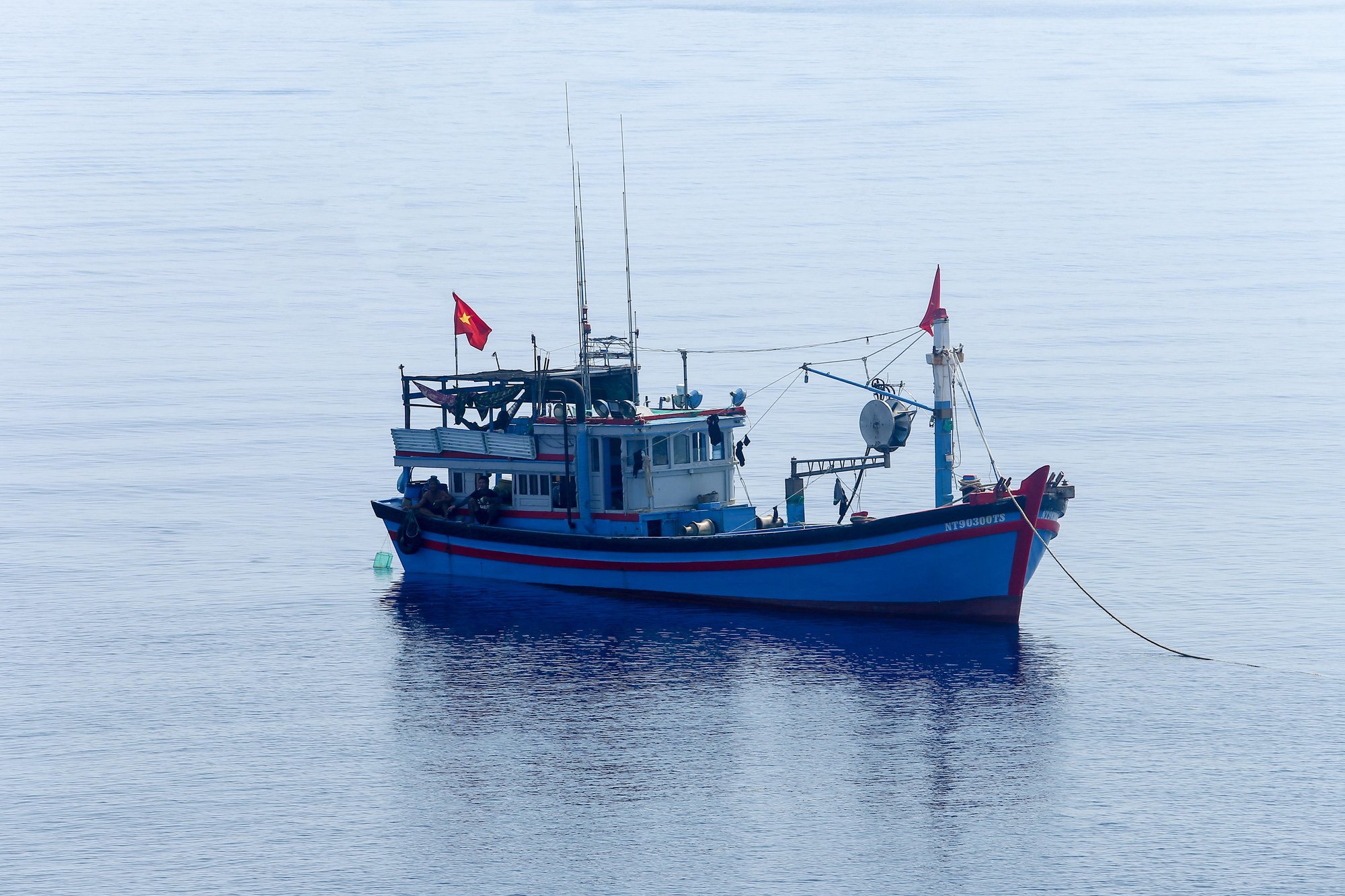
Vietnamese fishing boats operating in the Truong Sa archipelago area – Photo: C.TUỆ
Without the nucleus, the model cannot be replicated.
Director of Kien Giang Department of Agriculture and Rural Development Le Huu Toan said that only job conversion can reduce exploitation.
To do this, Kien Giang province has completed the outline of the policy and will soon bid and implement local projects.
“The province has a lot of ships in coastal areas, but there is a shortage in offshore areas. The province’s priority is to minimize the number of ships in coastal areas. To solve this problem, the province prioritizes tourism development, so the province will have training courses for fishermen to change jobs,” said Mr. Toan.
Director of the Department of Fisheries Tran Dinh Luan emphasized that many areas have potential for career conversion, but currently implementation is still facing many difficulties and hardships, "but whatever is useful for the people must still be done".
According to Mr. Luan, without a core, the model cannot be replicated. If the story of coastal exploitation is not properly reorganized, it will still be a story of declining aquatic resources, making people's lives difficult.
“Each locality has its own way of doing things, but we need to pay attention to whichever method is the most leisurely and effective. Where it is easy to implement, we will do it first, like the new rural method, and then expand it from there,” said Mr. Luan.


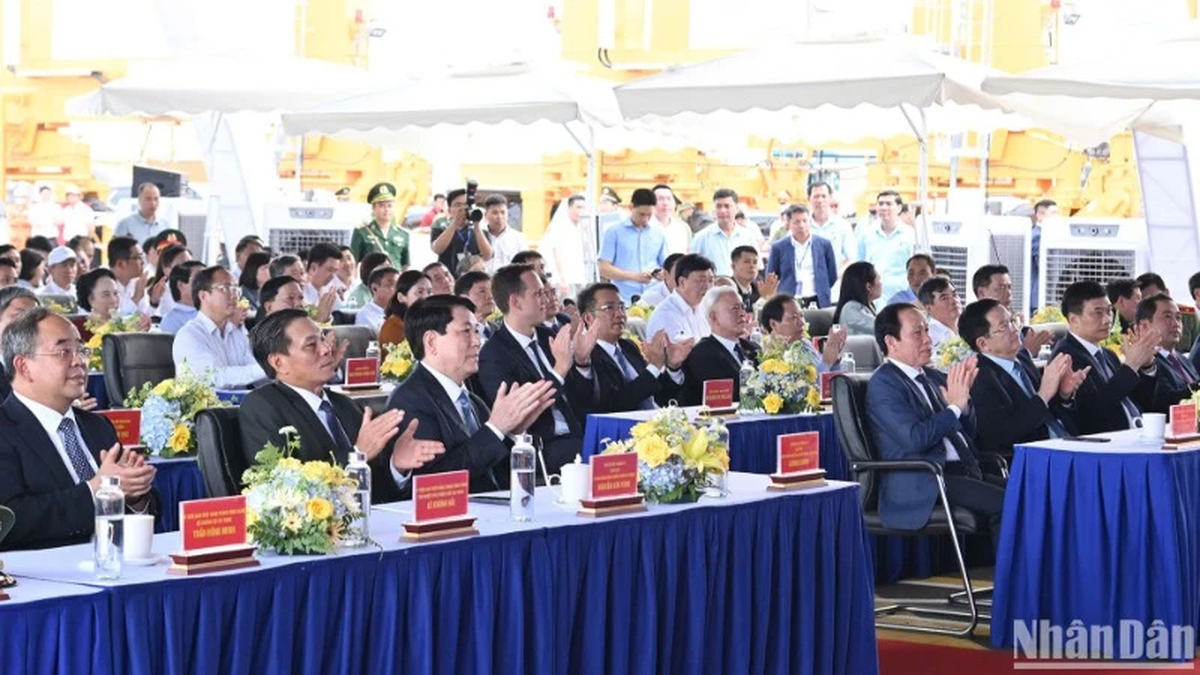
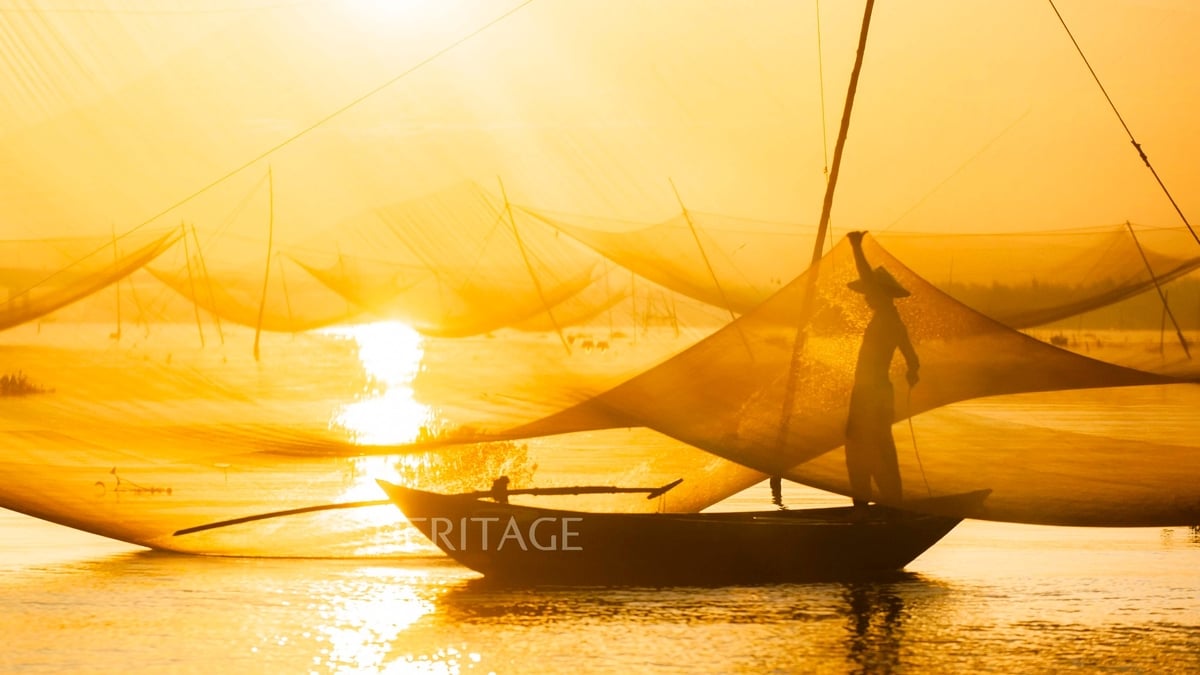
![[Photo] Prime Minister Pham Minh Chinh receives Ambassador of the French Republic to Vietnam Olivier Brochet](https://vphoto.vietnam.vn/thumb/1200x675/vietnam/resource/IMAGE/2025/5/13/f5441496fa4a456abf47c8c747d2fe92)
![[Photo] Many people in Hanoi welcome Buddha's relics to Quan Su Pagoda](https://vphoto.vietnam.vn/thumb/1200x675/vietnam/resource/IMAGE/2025/5/13/3e93a7303e1d4d98b6a65e64be57e870)
![[Photo] President Luong Cuong attends the inauguration of the international container port in Hai Phong](https://vphoto.vietnam.vn/thumb/1200x675/vietnam/resource/IMAGE/2025/5/13/9544c01a03e241fdadb6f9708e1c0b65)
![[Photo] President Luong Cuong awarded the title "Heroic City" to Hai Phong city](https://vphoto.vietnam.vn/thumb/1200x675/vietnam/resource/IMAGE/2025/5/13/d1921aa358994c0f97435a490b3d5065)
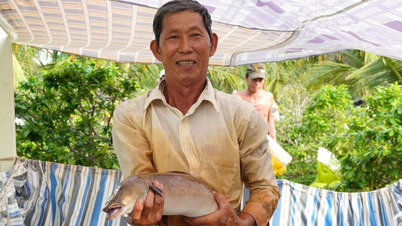



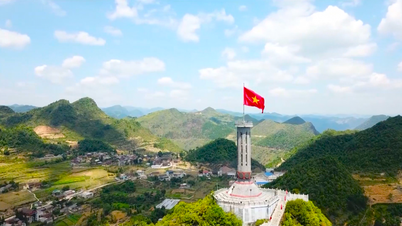
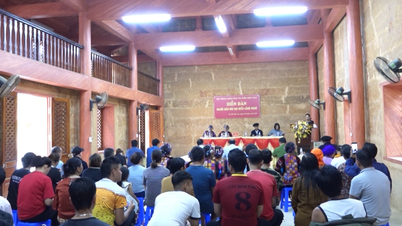
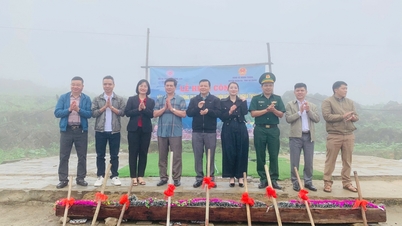
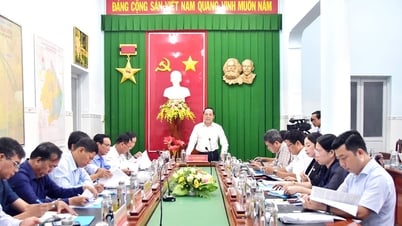
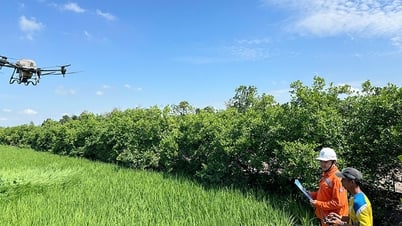
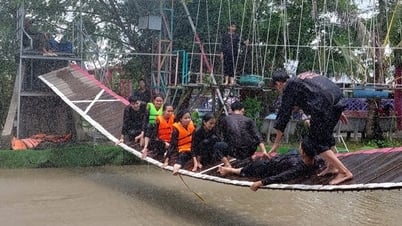
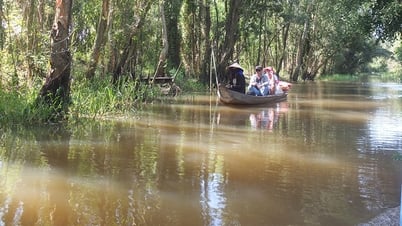
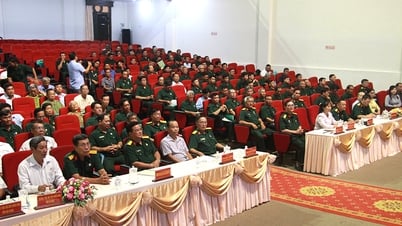
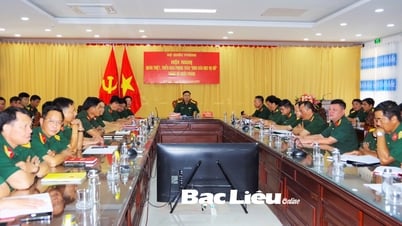




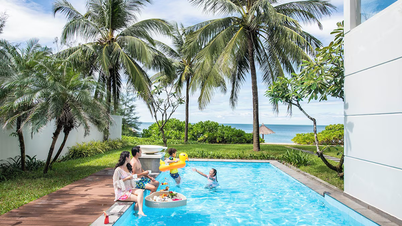

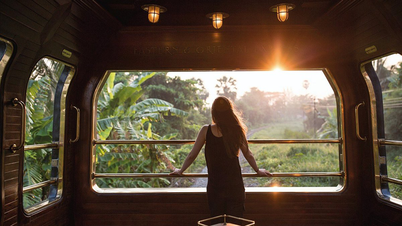
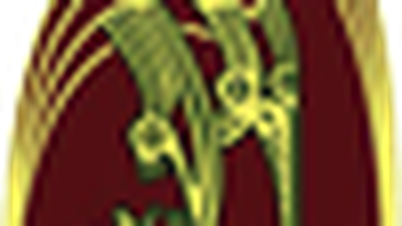
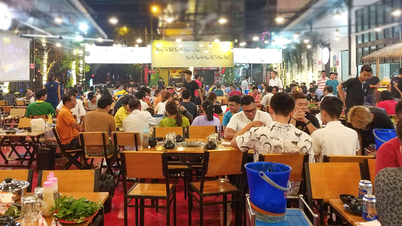

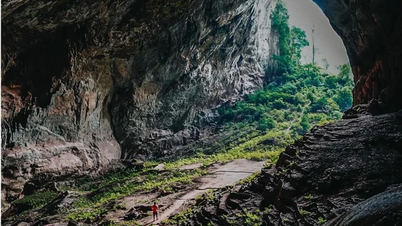

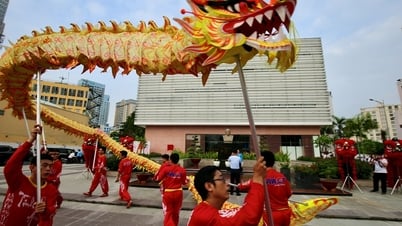

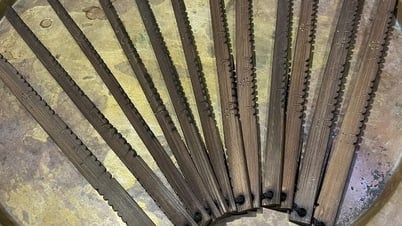

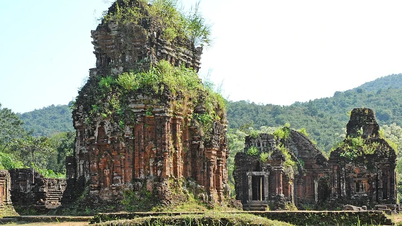

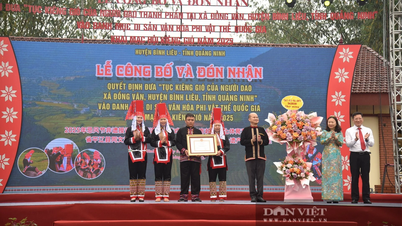

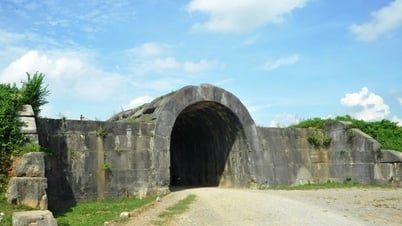


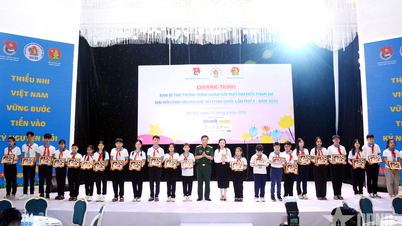



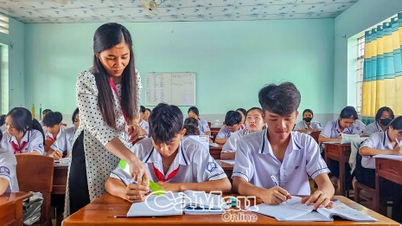



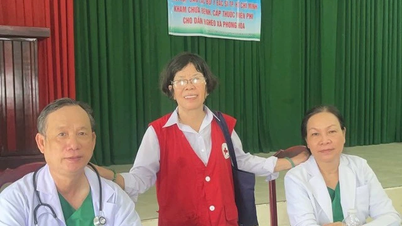






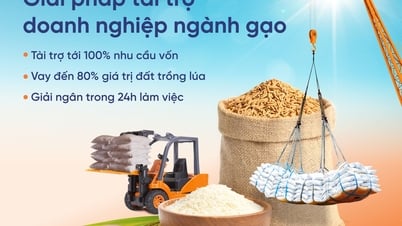





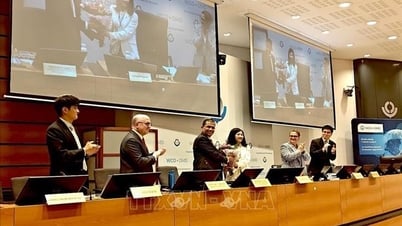




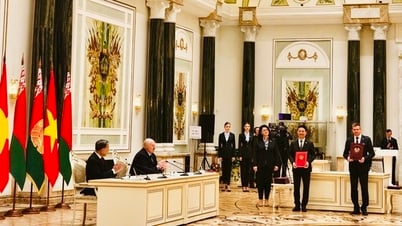

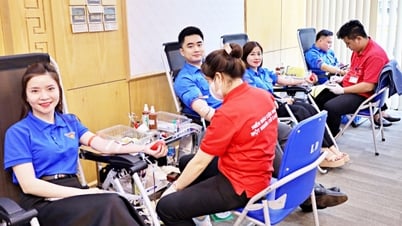

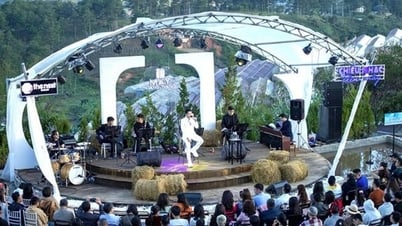

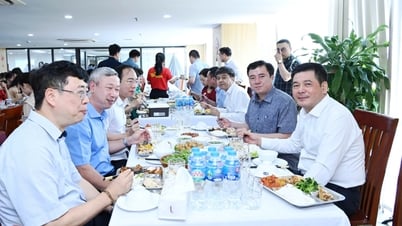

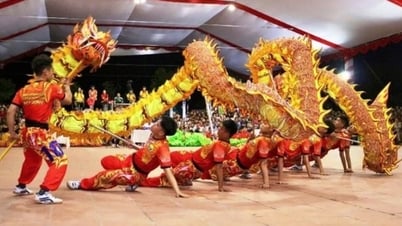
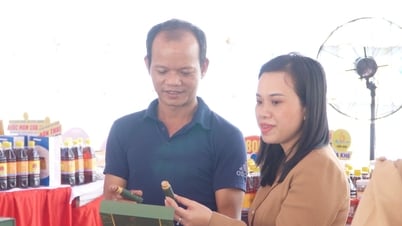



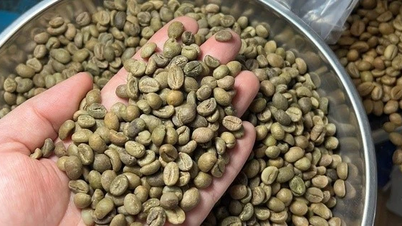

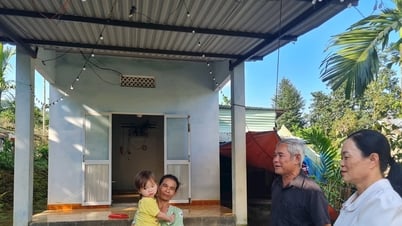
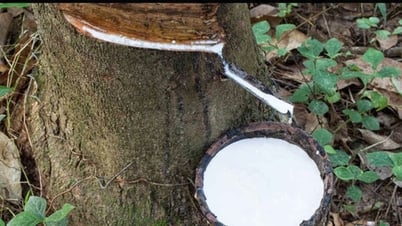
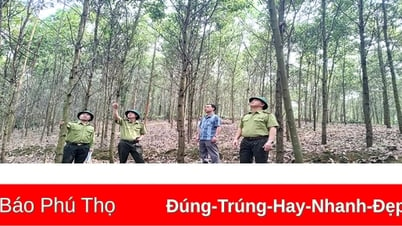



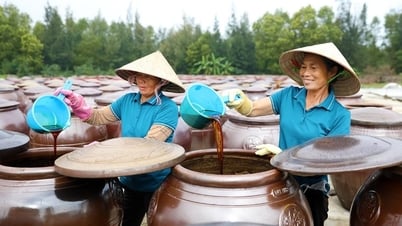



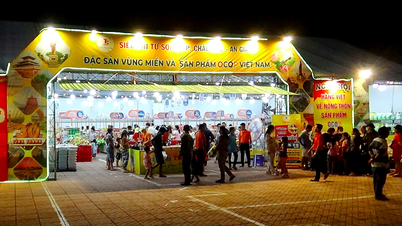

Comment (0)